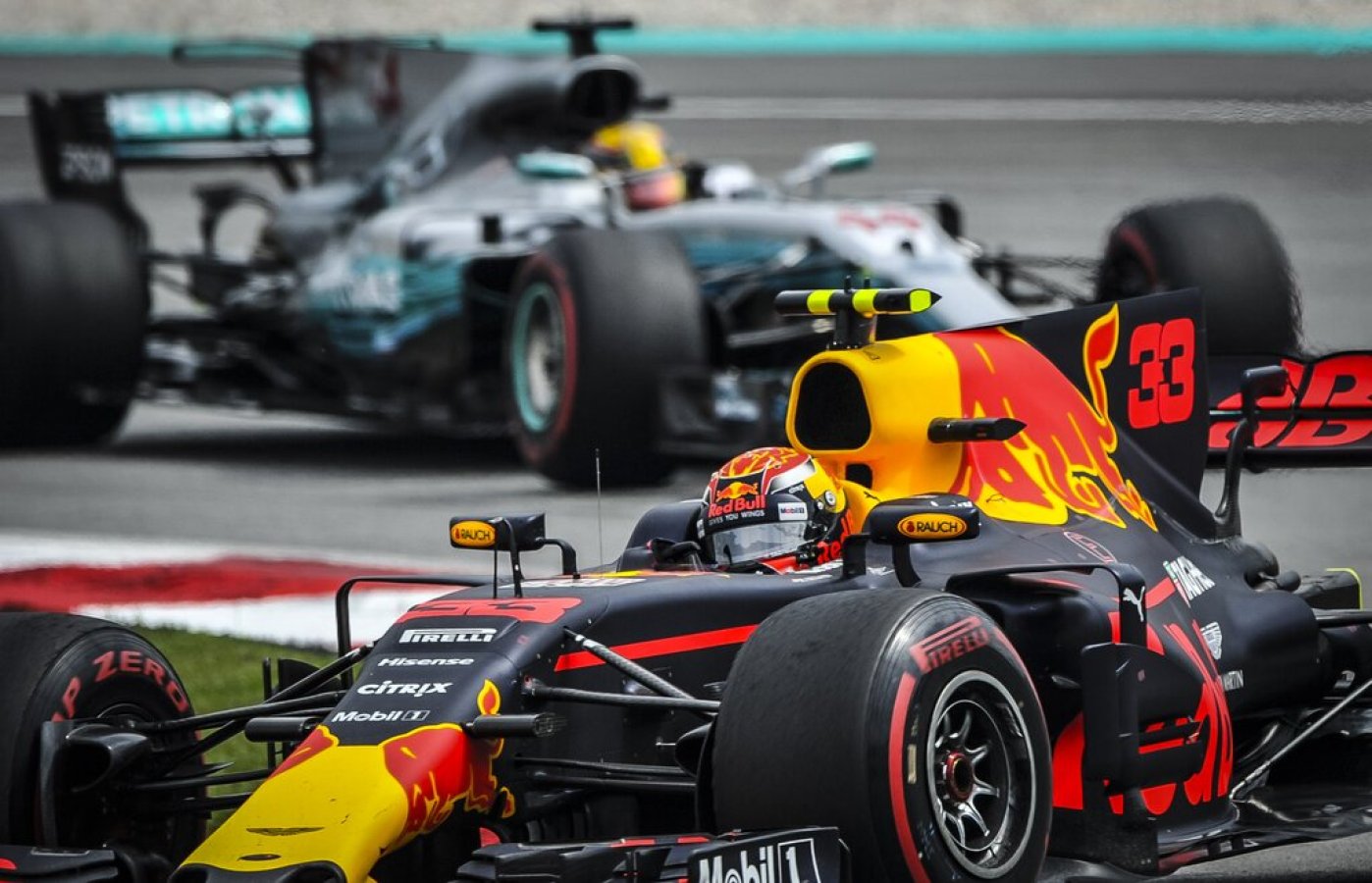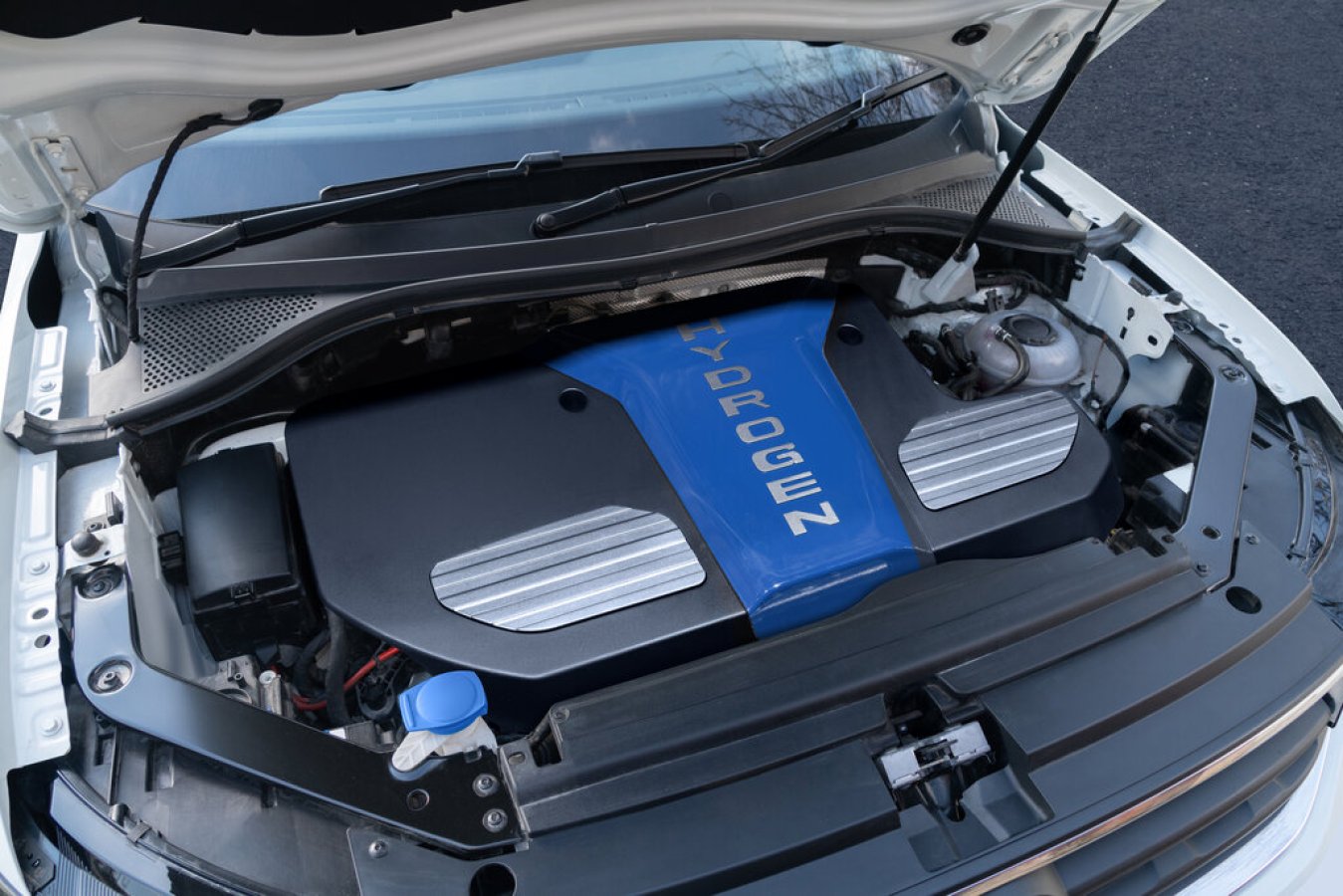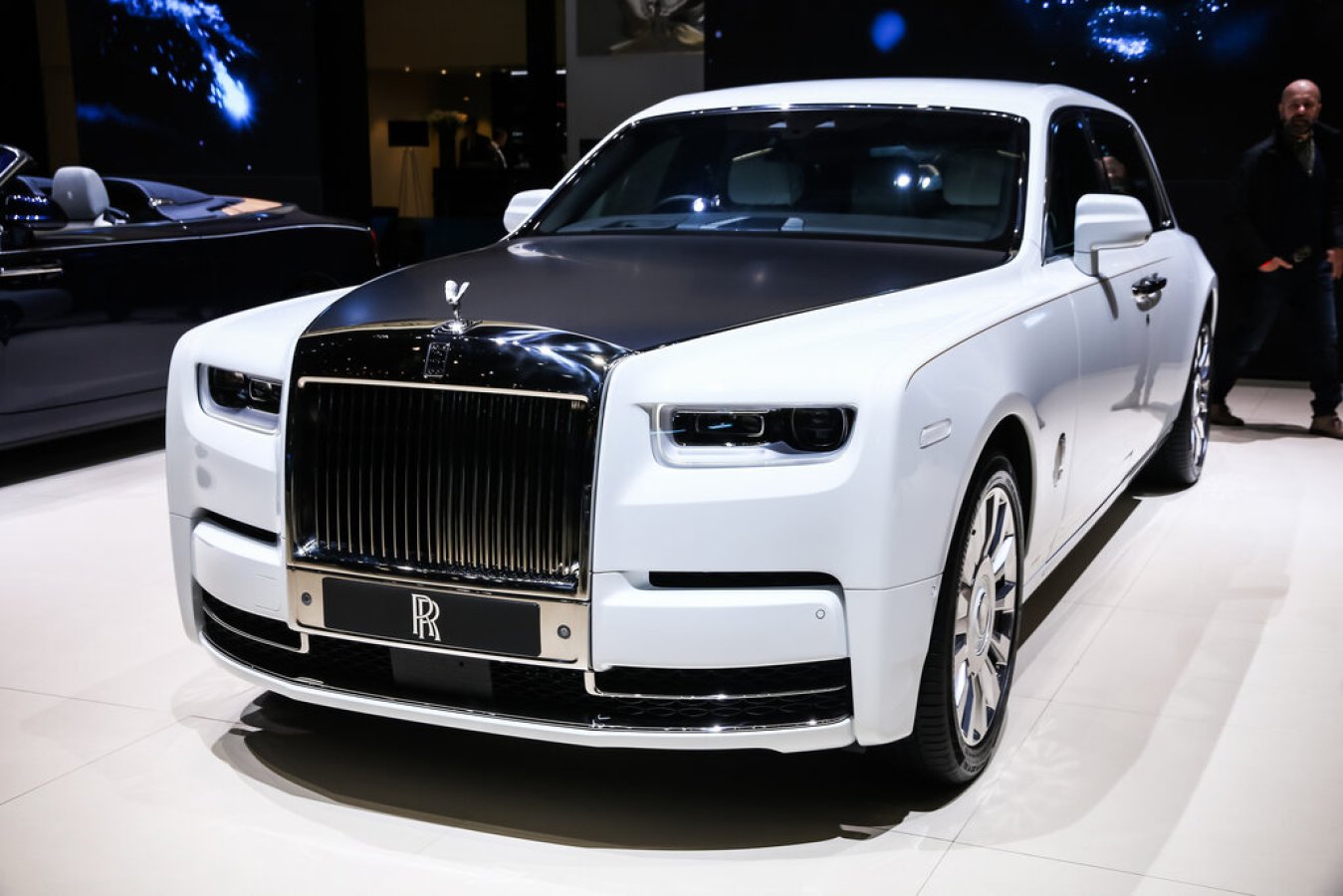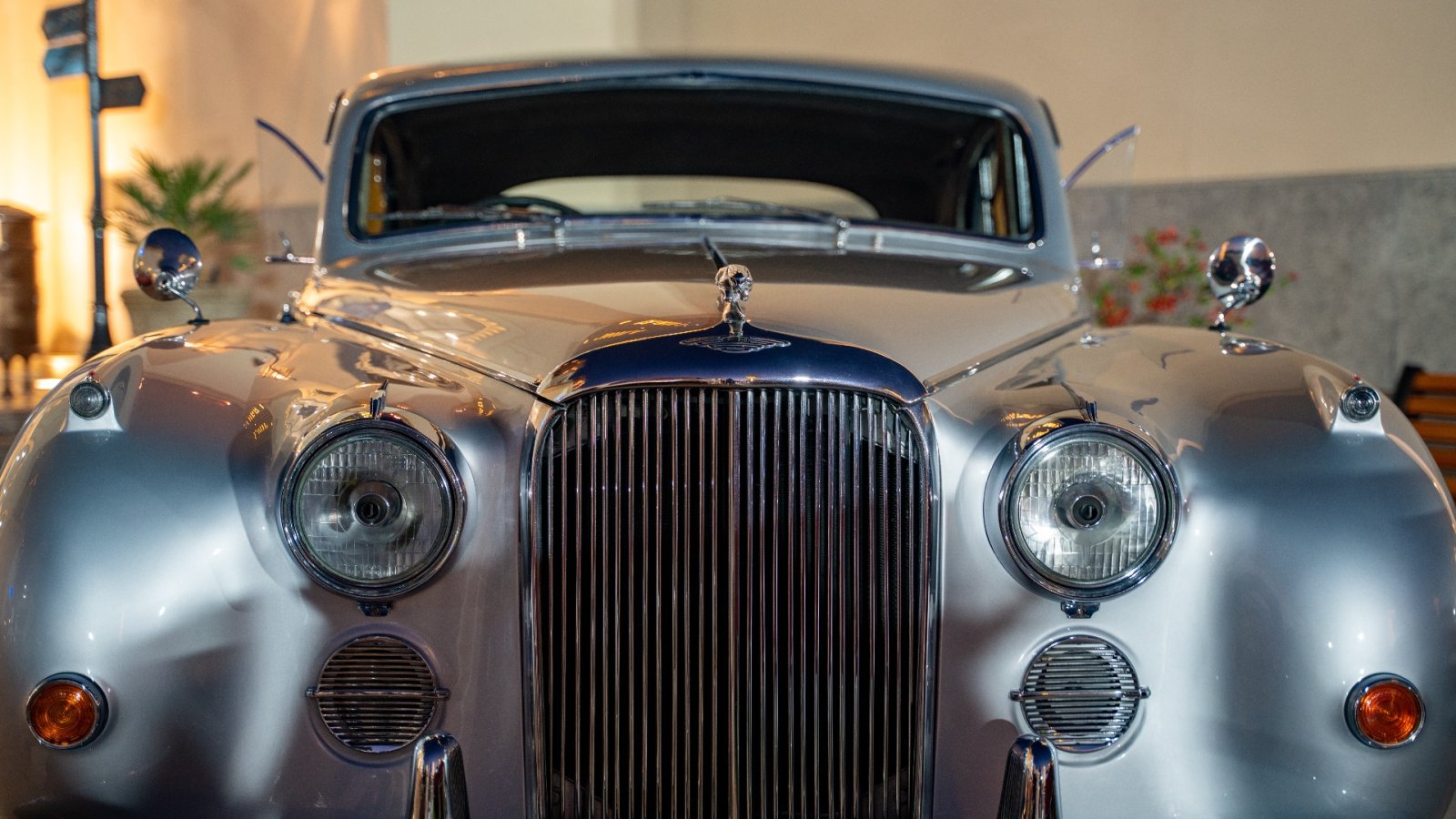Did you know that millions of Americans are passionate about car collecting? You probably have a neighbor doing it right now. They're honoring the old British roadster they bought in college - so why wouldn't you too? After all, a restored vintage car can be sold for a good amount of profit. Sure, high-end collectibles can cost seven or eight figures and they aren't for everyone, but high-net-worth people can exploit them to diversify their capital, make more money, and perhaps even drive them to impress the viewers, from time to time.
Because of growing global capital pursuing a restricted number of vehicles, the demand for classic vintage cars has done better than other collectibles: picture coins or stamps. This is becoming a trend in the last ten years, sometimes even hitting the overall stock index. The Historic Automobile Group International (HAGI) tracks vintage cars from Porsche, Ferrari, Bugatti, Alfa Romeo, and other brands, and it has increased in the last two years. If you're looking for a different classic car index, you can find one made by the insurance company Hagerty. Its market index is up 21.49 points from Dec. 2020 to December 2021.
Some cars have historical importance, and these are collectibles that pioneered new technology or raised the bar for client anticipation. And they are more collectible if they're in good shape, rare, and beautiful. If a car also has a racing history, it will be more appealing. And if it was previously owned by a celebrity, well - again, it's highly collectible. Think about Steve McQueen, Paul Newman, or James Garner. So, the most desired and also pricey collectible cars incorporate these features. The advantage is that the car market reflects the market for art and it can be an investment you enjoy aesthetically and which also delivers a currency frame since vehicles can be taken to countries with favorable exchange rates.
But there are risks as well. Just as most assets bear expenses, so too do vintage cars. These are real personal belongings, and you'll owe some tax if you sell at a profit. If your car is in bad shape, restoring a seven-figure collectible in excellent shape (which is typically considered using original or exact recreations of the same car parts, paint, and work) can cost you about another seven figures. Plus, you will have ongoing care costs, warehouse fees, and of course insurance. The profits from the sale of your car will also have commissions and various fees or transportation costs. Yes, you will probably sell an expensive car somewhere in the world but probably not to your neighbor.
The risks
Purchasing a new car as you think it will become a collectible in the future is risky. Yes, you can get lucky, but odds are you aren't going to be able to purchase a cheaper car and wish to be worth millions in a rather short time. For instance, when the Dodge Viper was released in the early '90s, some collectors bought them as investments. However, now you can buy a Viper for around $45,700 from the 90s, whereas it costs more than $50,000 for a new one. It's clear that some investors only think about showing off with opulent cars, without taking into account insurance, storage, inflation, and opportunity costs. A similar story is valid for a Cadillac from a 1976 ad. It stated that the Eldorado would be the last convertible the brand offered - but fake news! It wasn't the last one.
In conclusion, if you want to become a collector of luxury vintage cars, prepare to invest seriously and face the challenges and the costs. Also, be aware that trends come and go, tastes change constantly, and the economic crisis (or situation) can have an impact on your prices. What was earlier valued for a king's castle could decline to a princely villa, so be careful. For instance, rich Japanese customers couldn't buy sufficiently Ferraris in the 1980s, and prices witnessed an incredible point and then a drop. When people stopped purchasing these cars, the prices decreased by a big percentage. You should always aim to buy quality, know your demographic and market characteristics, and ensure you're not purchasing while prices are about to drop dramatically.






